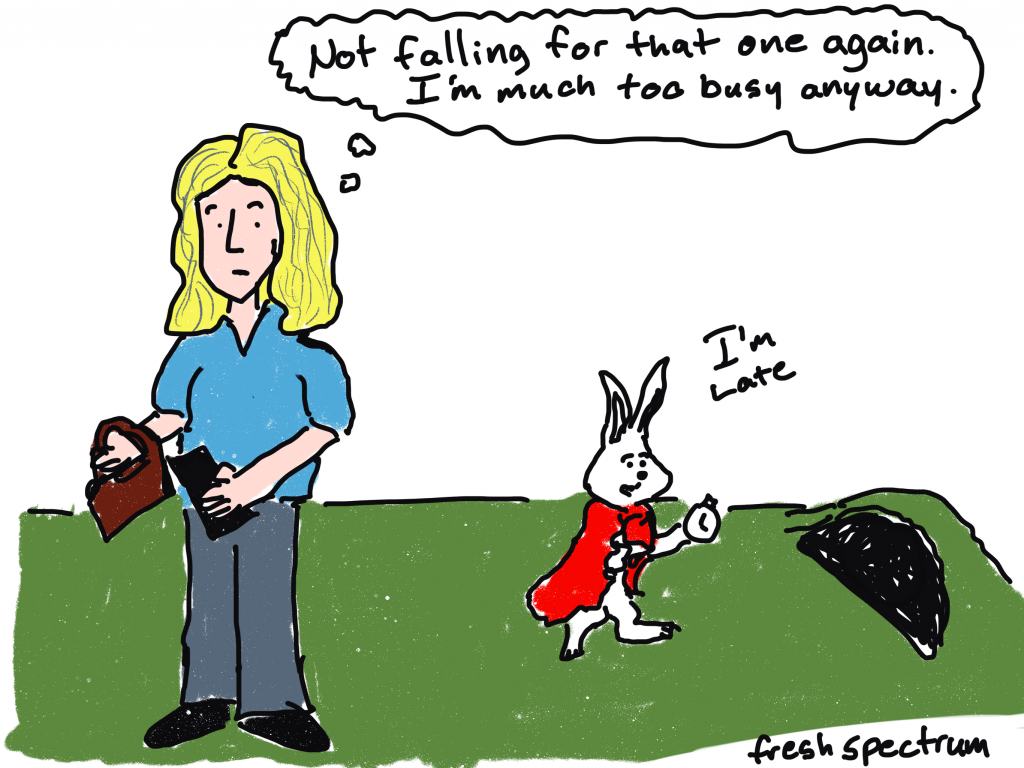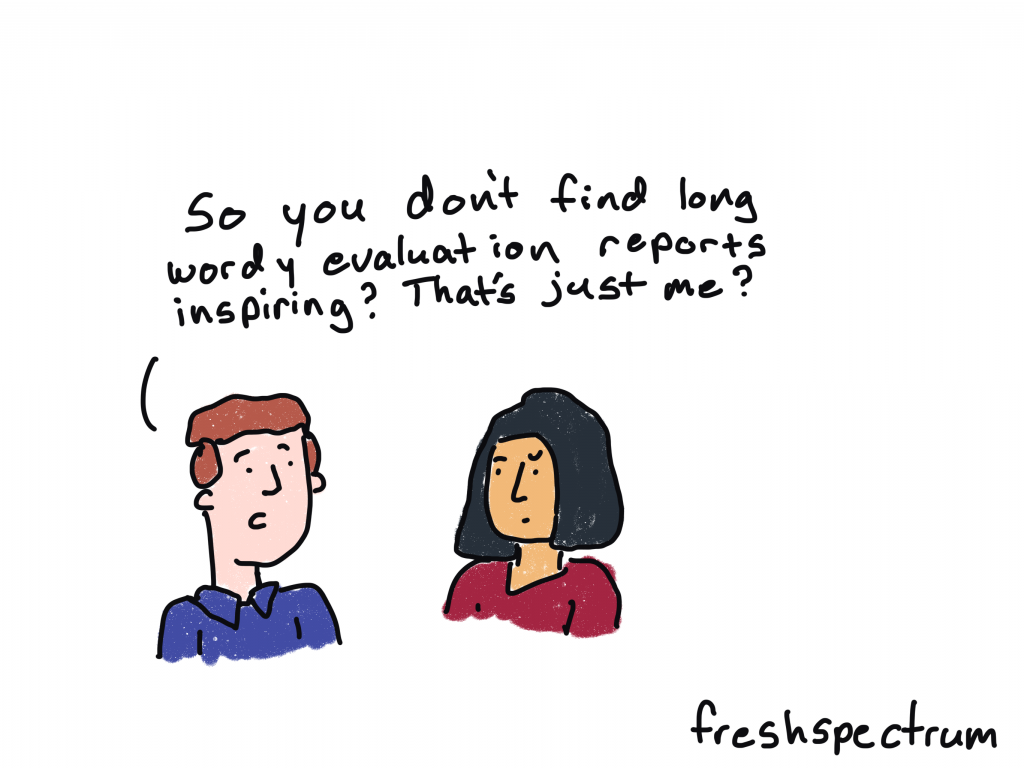This is an Eval Central archive copy, find the original at freshspectrum.com.
So just the other day here in North Carolina, it was in the 70s. Short sleeve weather for sure.
Then the rains came and the temperature dropped into the 30s over the course of hours. Enough for the rain to turn into snow, but not cold enough for it to stick to the ground.
I care about the weather a lot because I have an energetic puppy who needs lots of exercise. So I walk a lot. And before I go for a walk I check the weather. Sometimes we need to walk in the rain, but if I can avoid that by delaying our regular walk by a half hour, that’s just what I’ll do.

Same time, same weather system, snow fell in Virginia. Enough snow to jam up traffic. And the usual couple hour commute between Richmond and DC became a nightmare for all sorts of motorists (including a senator who was stuck on the road for over 24 hours).
Also going on right now, my mother-in-law is trying to get back to her home in MD after her holiday visit here in NC. She booked a flight the other day, but it got cancelled. Then her replacement flight was also cancelled.
When her flight was cancelled I could have driven her home. We have a four wheel drive vehicle and have done the trip countless times. Of course, that takes us right up I-95 past Richmond towards DC…
So why does this matter?
Because we use data in our daily lives ALL THE TIME. From tracking the weather for dog walks and picnics, to watching traffic for short commutes and long road trips, to following flight cancellation trends, and watching Omicron spread.
And with the highly relevant things that we care about A LOT, like the weather, traffic, and COVID waves we rarely desire fancy engaging stories, illustration filled reports, or complex graphs. We just want the damn data.
Not everything needs to be engaging.
Do they care… a lot, a little, or not yet? (A.K.A. the “give a shit” spectrum)

Audience is always important. As I’ve mentioned many times before on this blog, your report can’t serve all audiences.
But it’s also not just the audience type that matters. It’s also the audience’s interest level in the data that you have to share.
For each audience you are trying to serve, ask yourself “do they care?”
- If an audience cares a lot about the data, they don’t need to be engaged. They are already engaged. They just need the data.
- If an audience cares just a little about the data, which covers many types of stakeholders (usually including boards, politicians, and executive directors), then YES, you need to engage.
- If the audience doesn’t really care about the data yet, they need to be inspired before they can even be engaged.
Inform, Engage, Inspire
After you ask the “who cares?” question for each of your audience types (or personas), it’s time to tailor your reporting approach.
Inform

For the people who care a lot. Usually project staff and program administrators, your job is usually to get them the data they need to do their work as efficiently as possible. Then get out of their way. This is what I call the Inform step.
The inform step is where executive summaries and data dashboards live. Improving your reports in this area is all about good user experience design.
If you get fancy here, add a bunch of questions or extraneous data, your audience will get annoyed. This is where a well-meaning dashboard developer might fail their audience by trying too hard to engage an already-engaged audience.
Engage

For the people who are interested but are not engaged enough with the material to even know what questions to ask. Where the inform step was all about answers, the engage step is about questions. Your goal is to take a somewhat interested audience and turn them into an engaged audience.
Engaging reports leverage your audience’s partial interest while attempting to ramp up their curiosity. The goal is to get them to start asking questions in their own heads. This is where you’ll find reports like infographics, magazine style reports, and webinar presentations.
These types of reports are easier to develop effectively if you can take control of the narrative. That means leveraging your own expertise in finding what’s interesting and then telling the stories. There are exceptions, but this is usually NOT the time to use data dashboards.
Inspire

For every program or initiative there are all sorts of audiences on the fringe. Close enough that they might be able to hear you, but not enough for them to be that interested in what you have to say.
This audience might include social media followers, community members, and other people who might be more interested in what you have to say if they knew anything about what you were trying to accomplish.
The inspire step is about connecting your audiences with the bigger story. Think of this like the TED Talk stage, where you have a short time to pique interest but might be reaching an audience who has no clue who you are. So compared to the engage step, you’ll want to spend more time setting up the big story and less time attempting to engage your audience with the little stories.